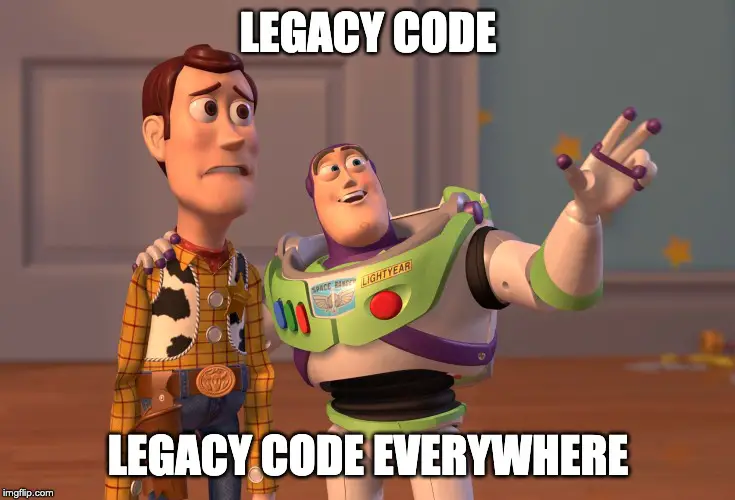Legacy Code Labyrinths: Navigating and Correcting Old Code Bases

Legacy code refers to the aging codebase of a software system that has been built over a long period of time, usually without proper documentation or consistent coding standards. Maintaining and updating legacy code can be challenging due to its complexity, lack of clarity, and potential for hidden bugs.
There are several key challenges encountered when working with legacy code:

- Deciphering the code’s purpose and logic: Legacy code often lacks thorough documentation, making it difficult to understand its intended functionality and the connections between different code segments.
- Identifying and fixing bugs: Legacy code is prone to accumulate hidden bugs and technical debt due to outdated coding practices and lack of regular maintenance.
- Understanding the impact of changes: Making changes to legacy code can be risky as it may have unintended consequences on other parts of the codebase.
- Lack of code modularity and high coupling: Legacy code often lacks modularity and is highly coupled, making it challenging to modify or extend without affecting other components.
To successfully navigate and correct legacy code, developers can adopt the following strategies:
- Incremental refactoring: Refactoring legacy code in small, manageable steps helps mitigate risks and allows for gradual improvement.
- Encapsulation and modularization: Encapsulating and modularizing legacy code makes it more structured and maintainable.
- Automated testing: Implementing automated testing helps identify and prevent regression during legacy code refactoring.
- Code documentation and comments: Adding documentation and comments to legacy code improves its readability and comprehension.
- Tool adoption: Leveraging code analysis and refactoring tools can assist in identifying code issues and automating refactoring tasks.
Navigating and correcting legacy code requires careful planning, rigorous testing, and a systematic approach. By adopting best practices, developers can effectively maintain and improve legacy code, ensuring the continued functionality and evolution of the software system.
